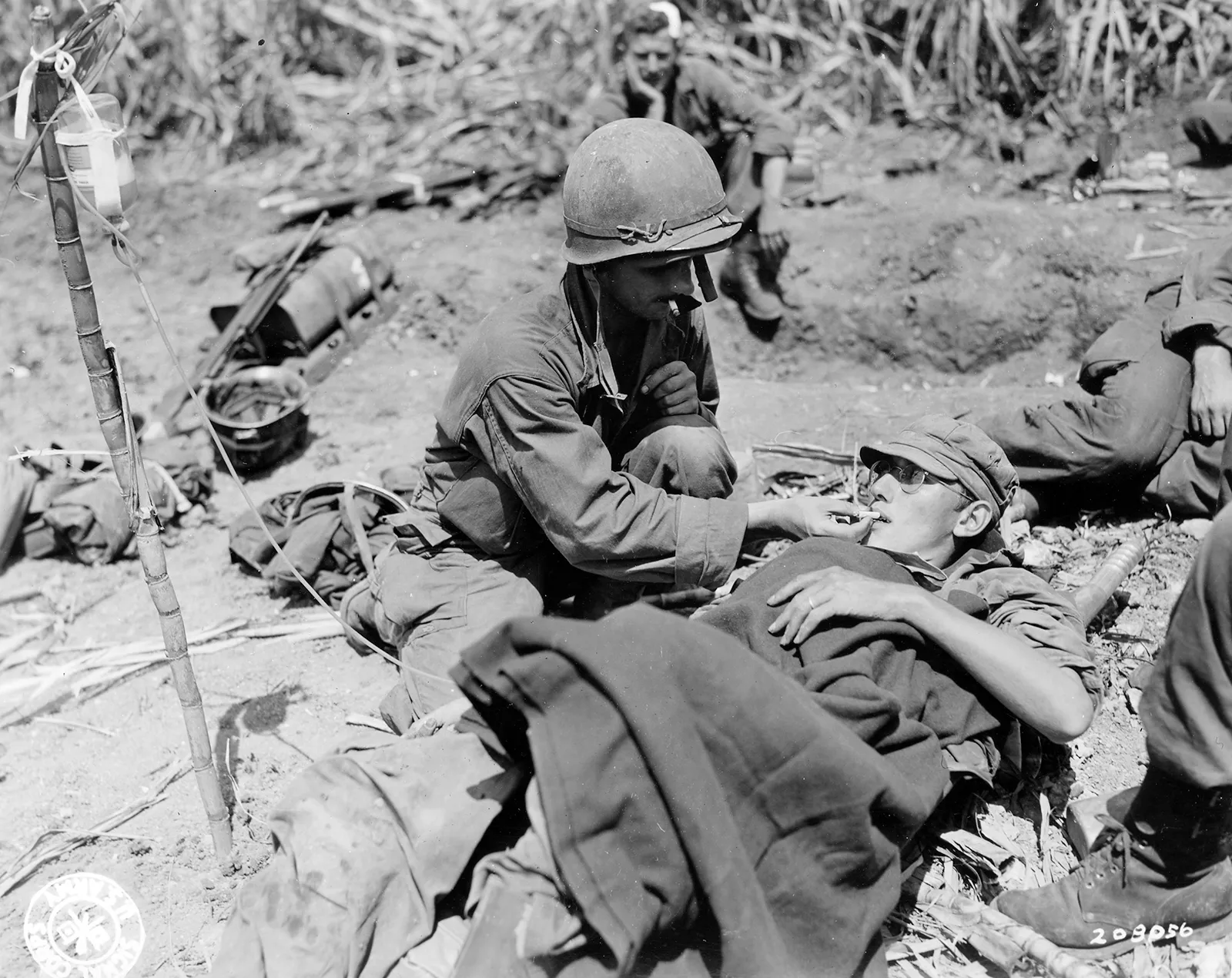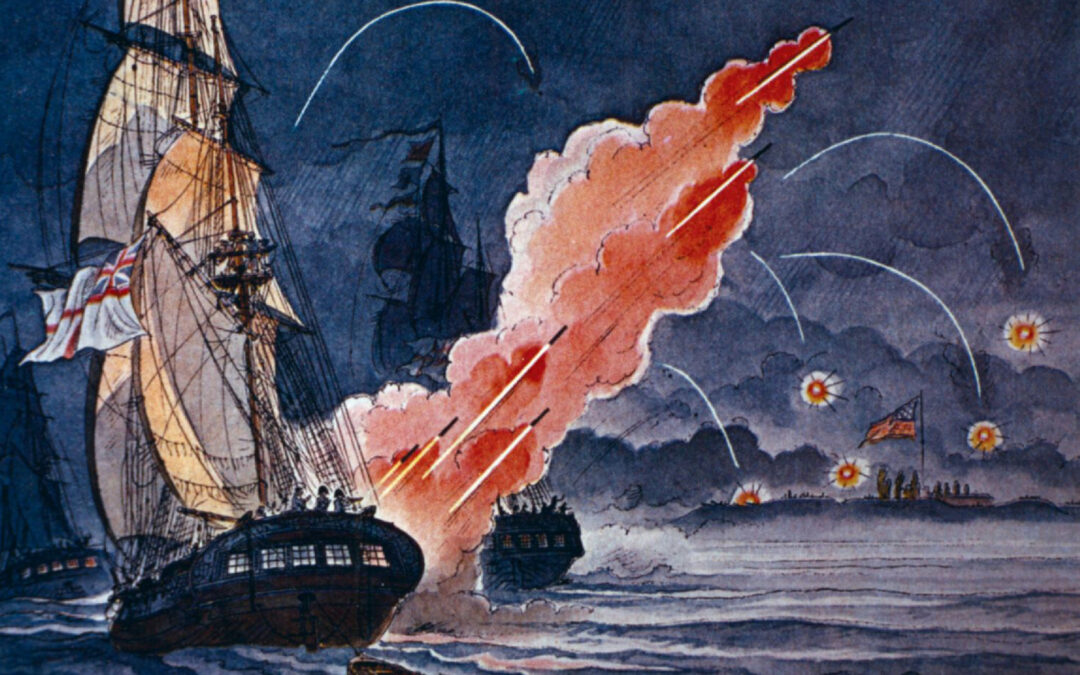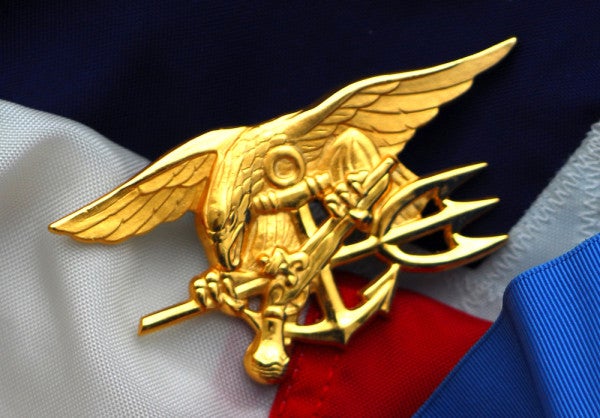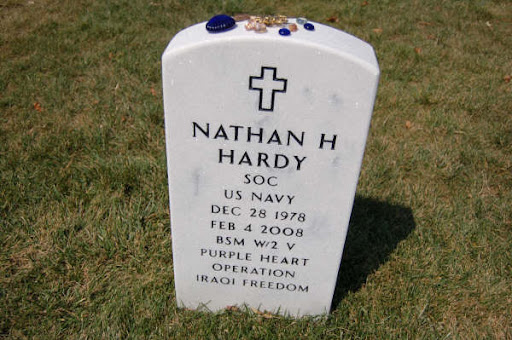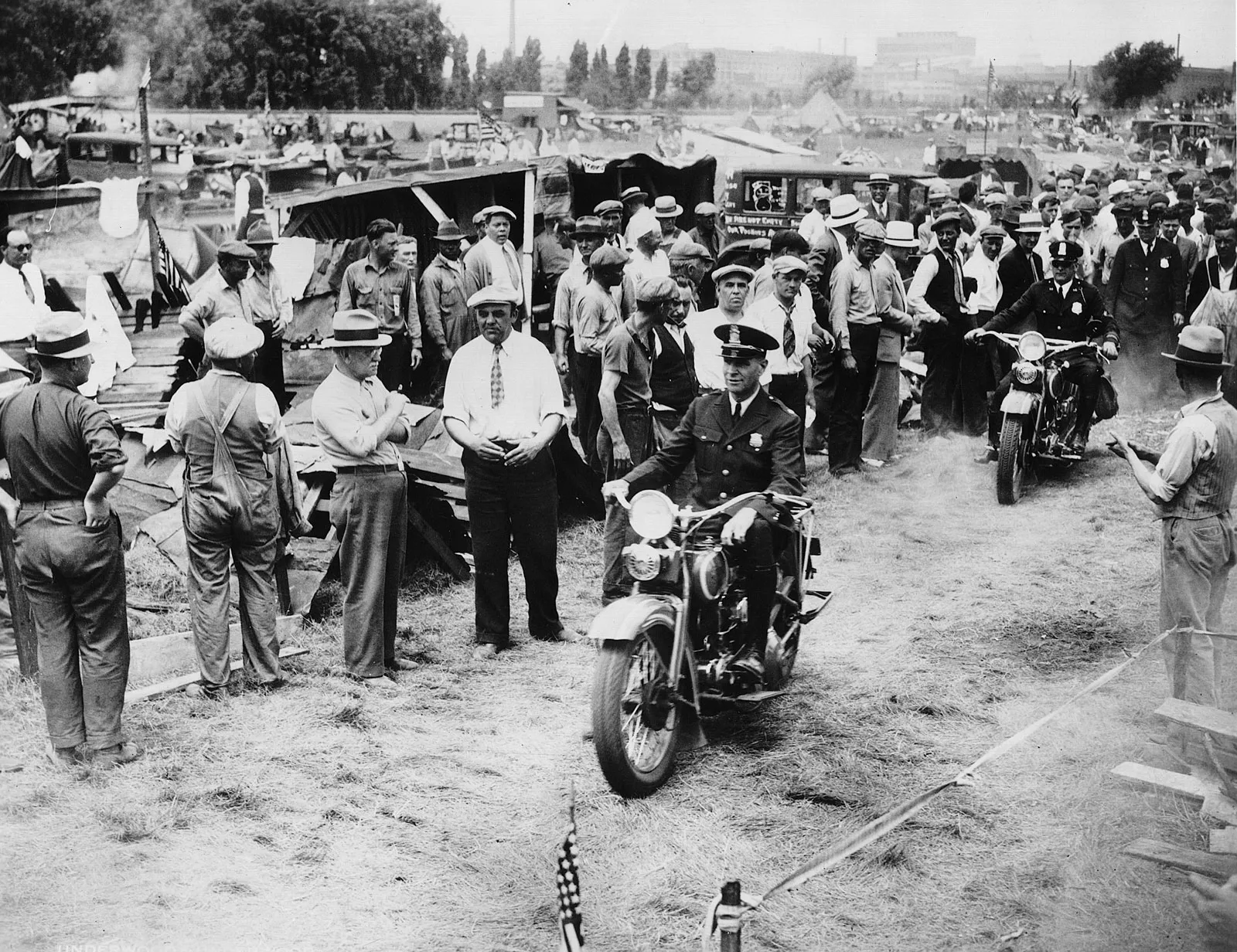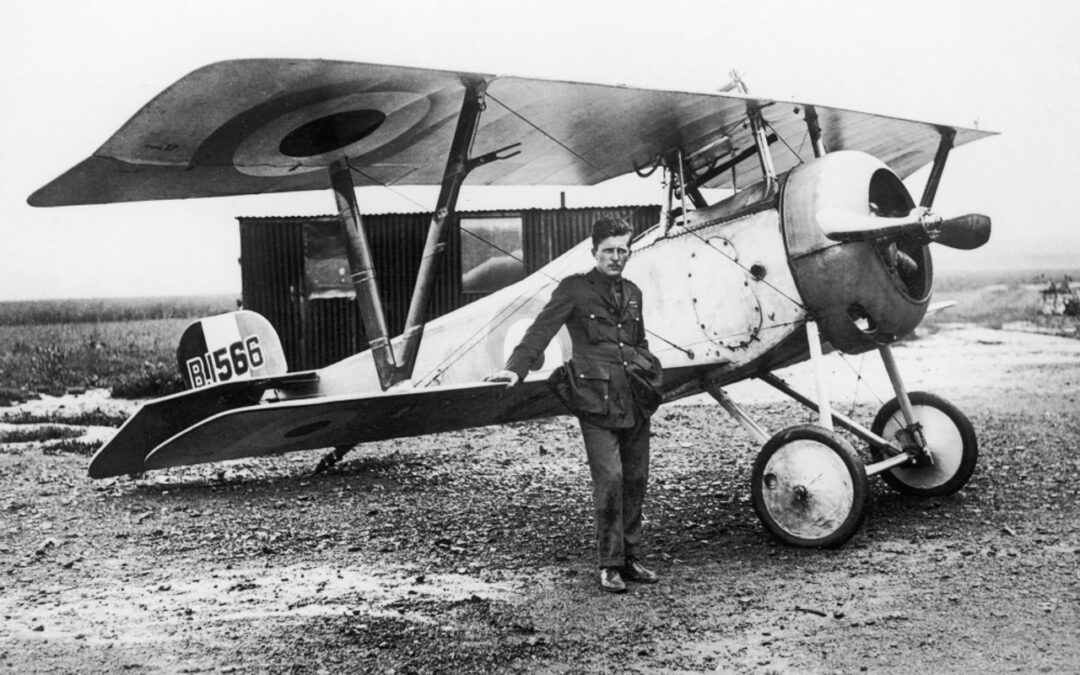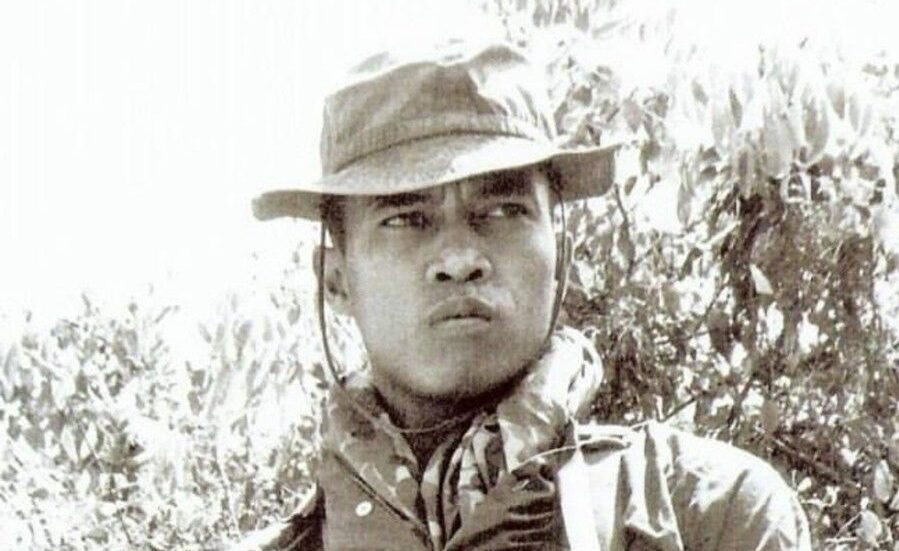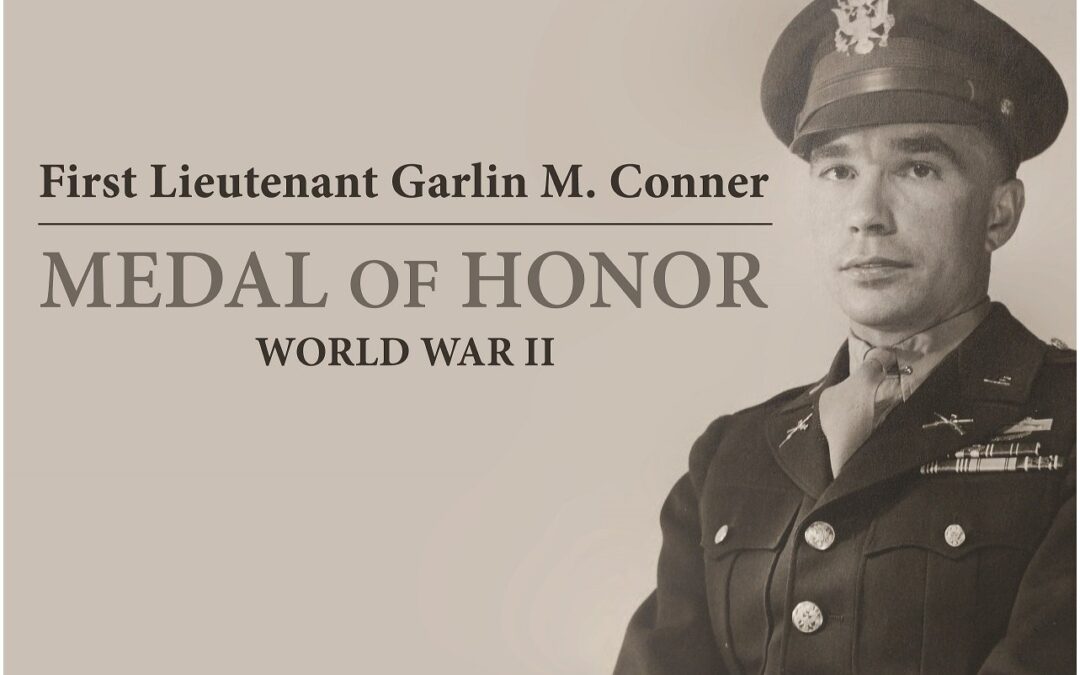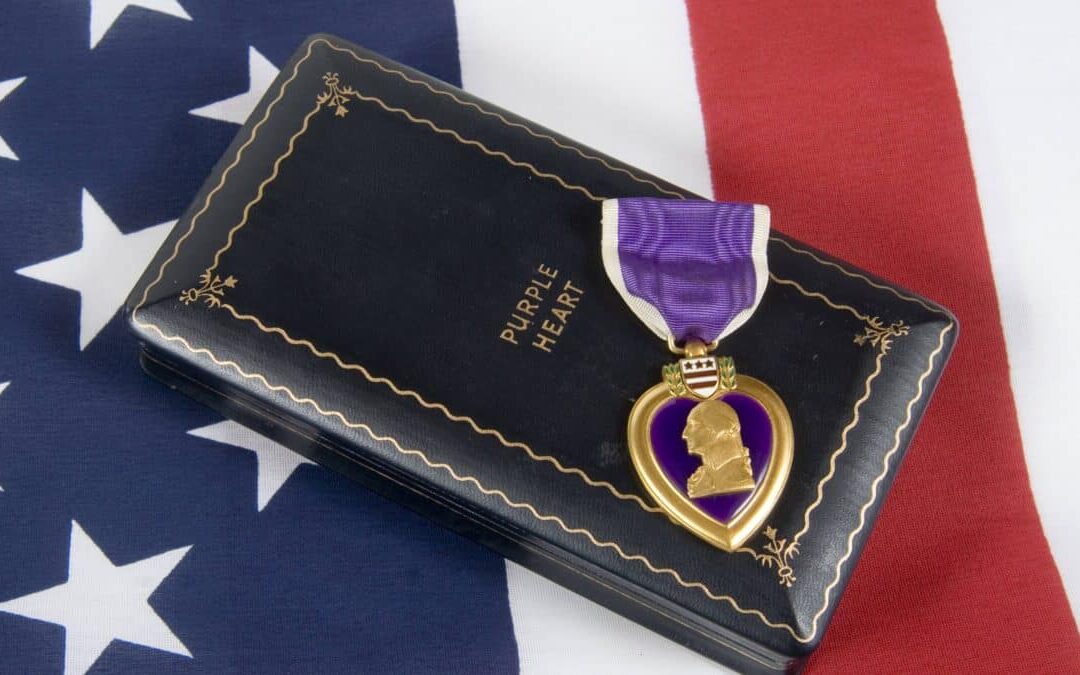Mounting a knife on the end of a rifle might seem like an antiquated tactic, especially when the enemy is bearing down on you with automatic weapons, explosives, and whatever else they brought to bear. Running at these killing machines with sharp, cold steel might seem like suicide. Stanley Adams Chose a Bayonet Charge The only problem with that point of view is that bayonet charges still work on the battlefields of today's wars, because there's nothing that instills fear in the enemy like dozens of knives running at them at full sprint. That's why then-Sgt. 1st Class Stanley Adams decided it was the thing to do. By the time the Korean War came around, Stanley Adams was a seasoned combat veteran. The Kansas native was wounded in action while fighting in both North Africa and Sicily during World War II. After the war, he was sent to Japan for occupation duty. It wasn't long after North Korea invaded South Korea that he was sent to that war, too. Stanley Adams Led a Bold...

